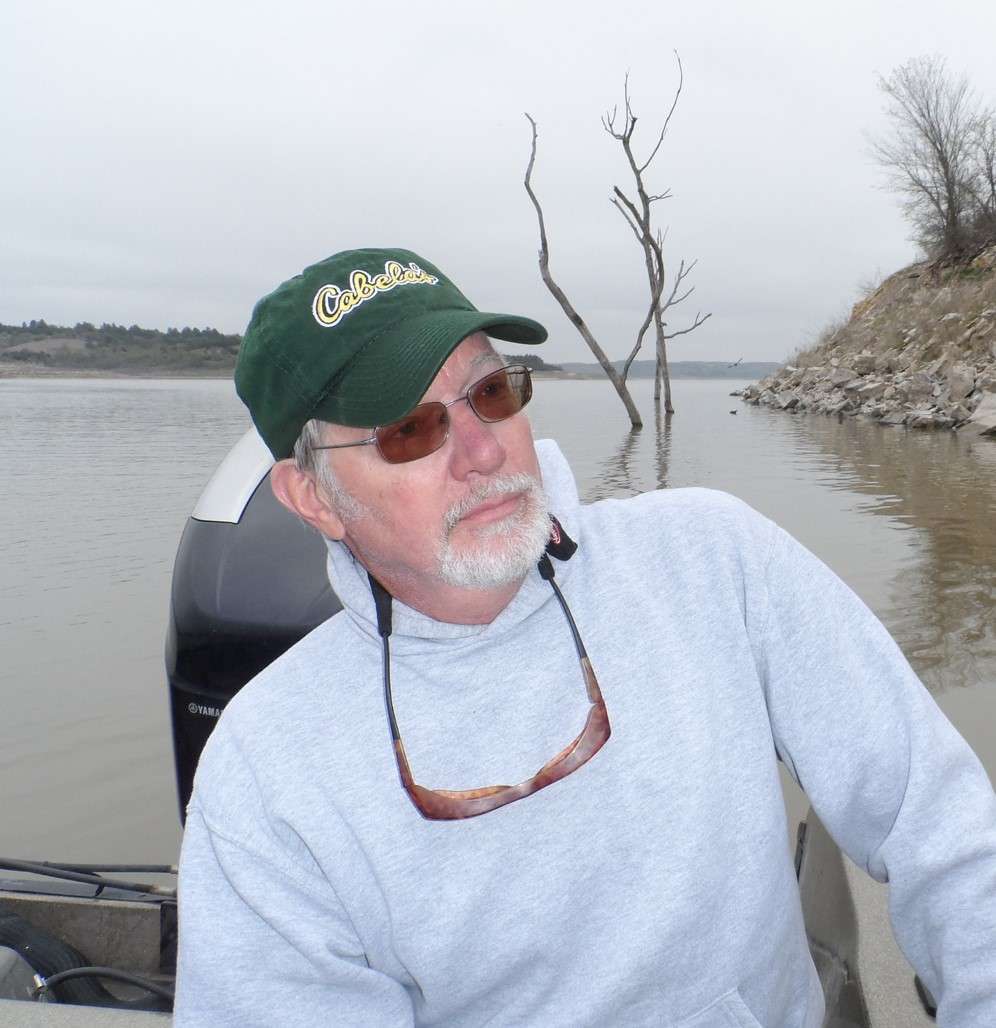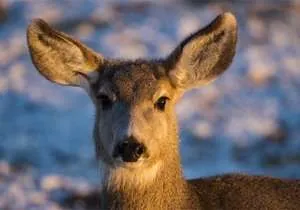A coworker recently told me she saw her horses chasing a couple animals across
her pasture that were dark, about the size of raccoons, and had no visible tail.
She told me a couple animals of the same description had run from her barn
awhile back. She is convinced they were nutrias which are basically overgrown
muskrats that thrive in the backwaters of Louisiana and other parts of the south. I
was skeptical they were nutria because I have never heard of nutria in Kansas.
Communication with Matt Peek, research biologist with the Kansas Dept of
Wildlife, Parks and Tourism who also acts as the furbearer biologist for the state
shed some light on their possible identity.
Identifying wildlife only from someone’s description can be a challenge, but there
are clues we can use. One good clue is the tracks left by the animals themselves.
Each animal’s footprints are unique and different from each other, sort of like
human fingerprints. If one knows the tracks of different animals, positive
identification can be made if tracks can be found.
Another dependable clue is droppings left by the animals. Again, droppings are
usually unique to each different animal and hunters and trappers learn to use
them as valuable clues to where animals are traveling.
Other facts useful in identifying wildlife are obviously the size, shape and color of
the critter, any sounds it makes, where it was seen and anything else about what
it was eating, where it lives, etc.
Now back to the two “suspects” in the pasture. Matt Peek said that although
there are no known nutrias in Kansas today, historical records show they once
lived here long ago. So while it is very unlikely what she saw were in fact nutria, it
is not totally out of the question. A better answer would be that what she saw
were groundhogs which have been in eastern KS for years and, like armadillos, are
expanding their range all the time, or badgers. Using the criteria above, let’s put
our CSI hats on and analyze the situation.
First of all, tracks and dropping would be nearly impossible to find in a grassy
pasture, so that takes us to the next group of clues. Considering the size and
shape of what she described, both badgers and groundhogs fit the bill and have
just short, stubby tails, while nutria are built low and long like muskrats and have
long, slender tails. Perhaps the most important clue to me is where they were
seen. Both badgers and groundhogs would be at home in the middle of a pasture
while nutria would not venture far from their home in some sort of water, and
the only water near there is a small creek with barely anything in it. To narrow it
down even further, groundhogs fit the dark color description better than badgers
and would also be right at home in and around her old barn, so my best guess in
light of all the above, is that she saw her horses chasing a couple groundhogs.
Mind you, this is only my best deduction in light of the information and because
there are no known nutria in Kansas. My friend might still be right, and if so, I
hope to see them someday myself. Sometimes the unknown can be intriguing and
I enjoy trying to solve mysteries involving wildlife. So put on your CSI hats and join
me in the lab as we Explore Kansas Outdoors!
Steve can be contacted by email at stevegilliland@idkcom.net.





I’ve got a nutria living under my chicken coop. I live just north and west of Topeka across the corn field from the Goodyear plant. Looks like a beaver, but with a round tail. The critter can move some dirt. Dug himself a tunnel under my chicken coop leaving a huge tail pile near the entrance.
How long were we told,”there are no mountain lions in Kansas”I believe there are probably nutria in Kansas,deer we’re not seen very often in the early 60s,turkeys not until the early 70s, armadillos, roadrunners the list goes on,nutria in Kansas without a doubt!
I saw one of these creatures 2 nights ago at the target in NW Wichita. Walking through the parking lot. ????
There are nutria that live just to the east of the old Riverfront Plaza along the Kansas River in Lawrence.